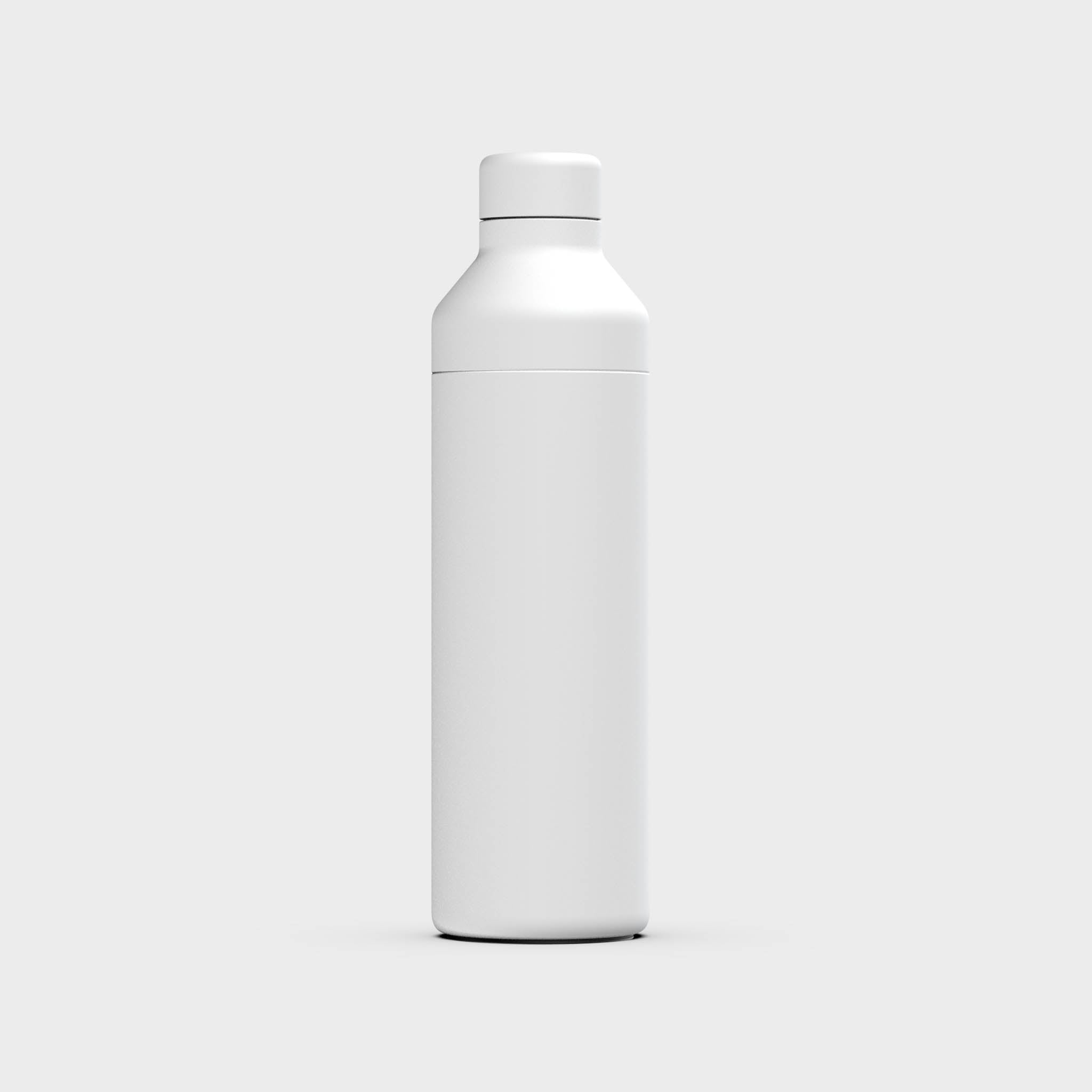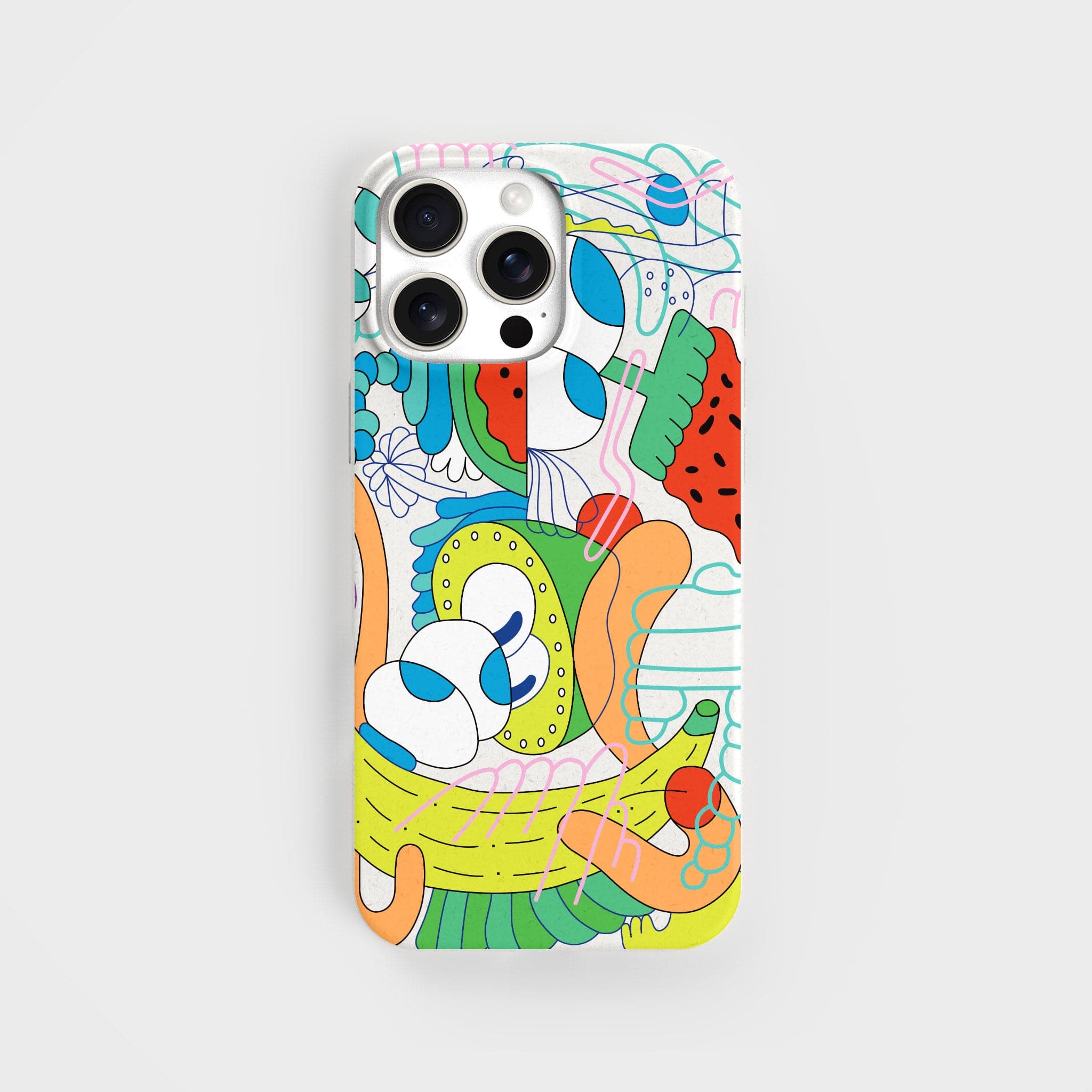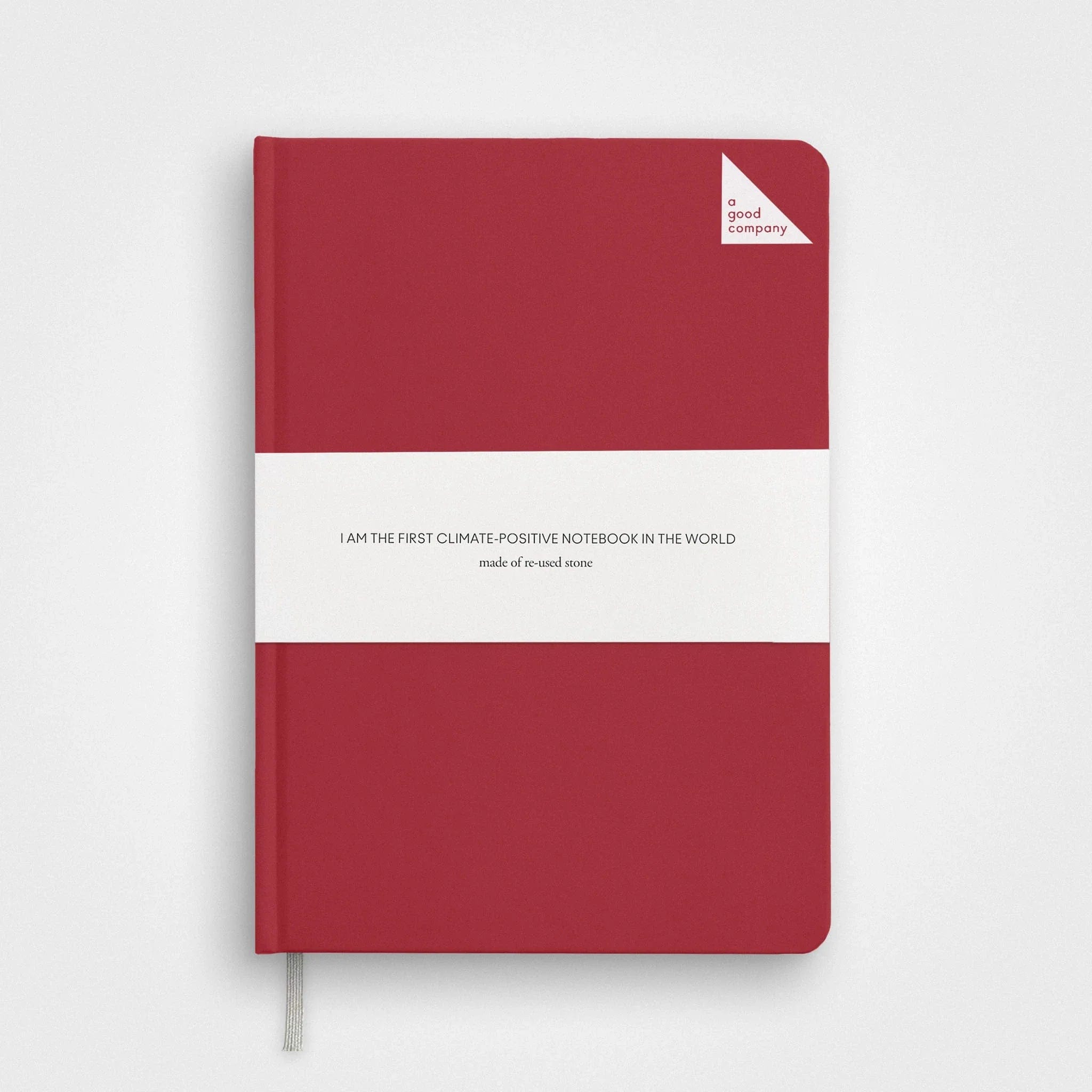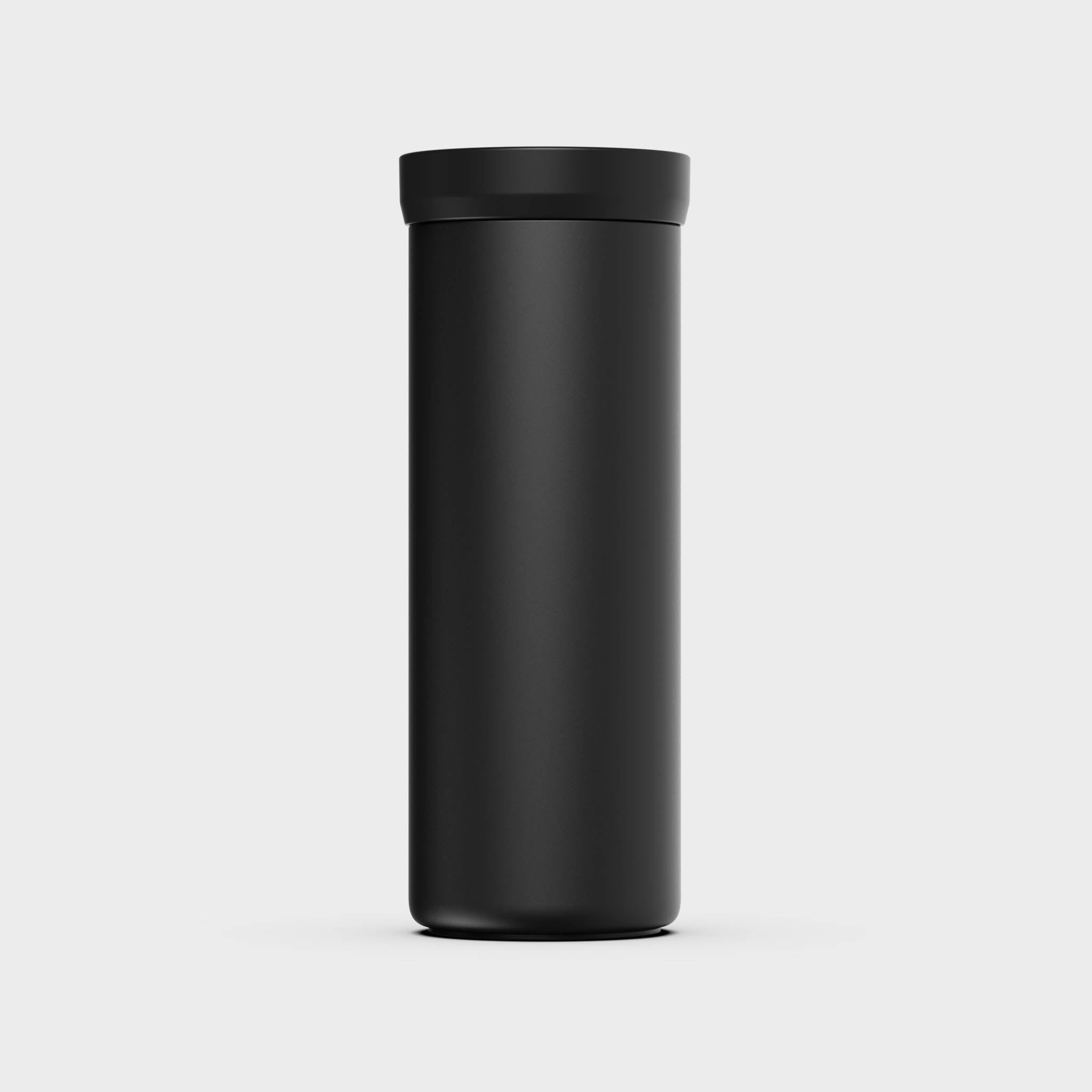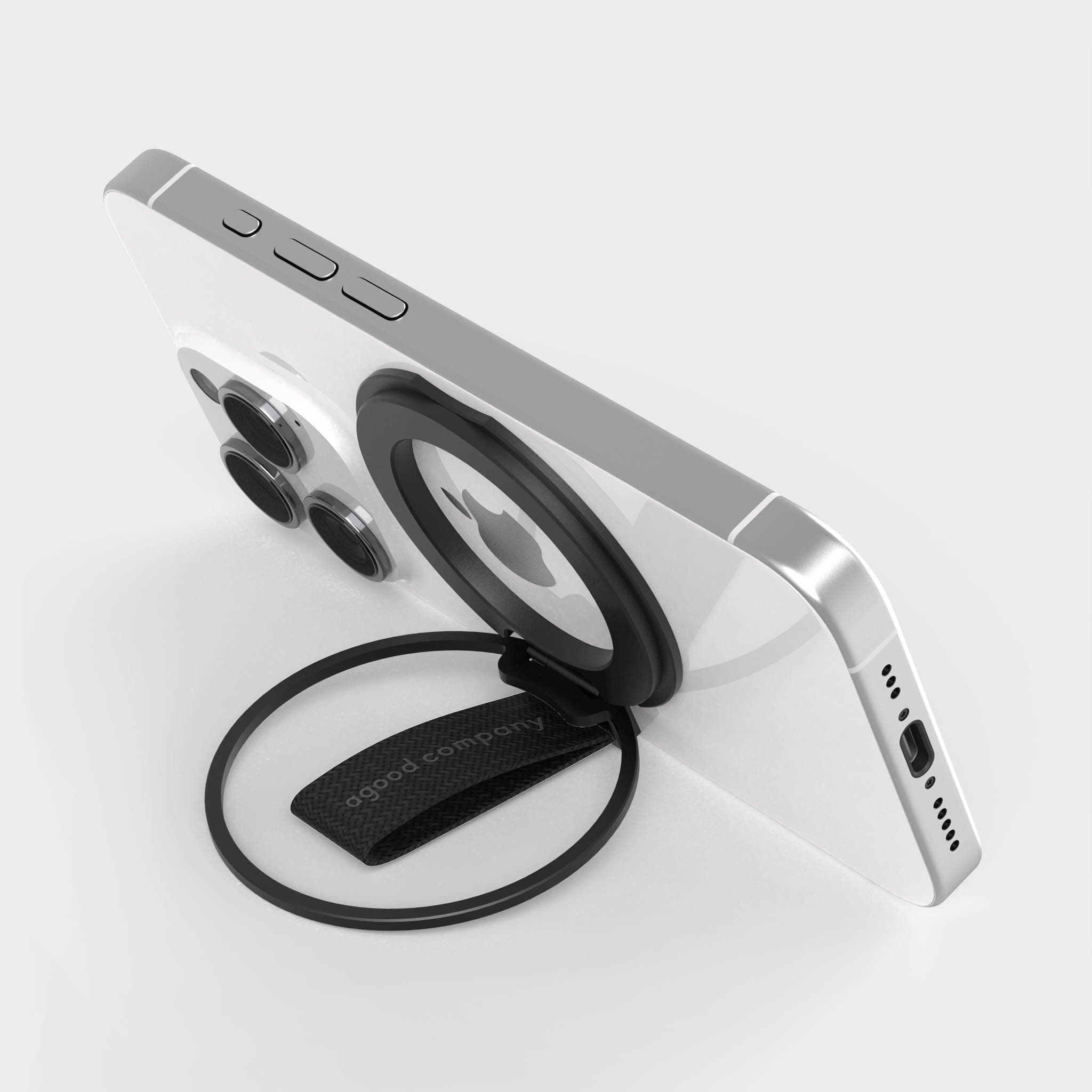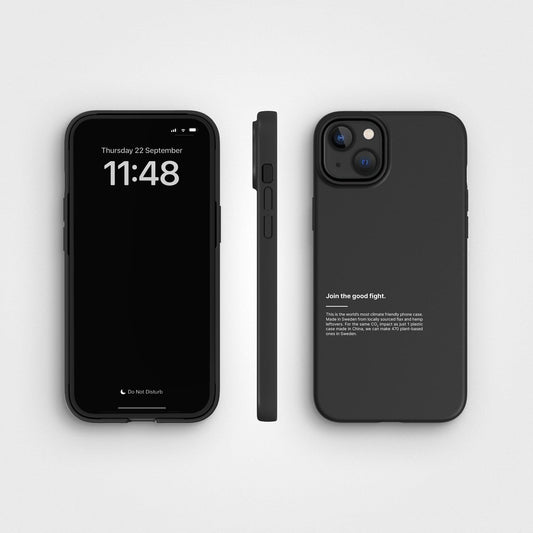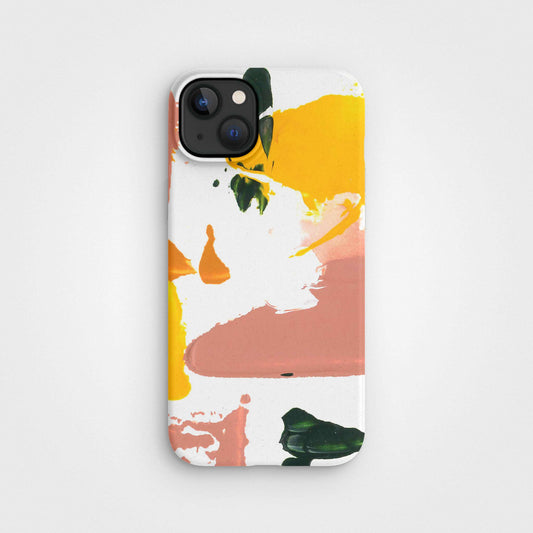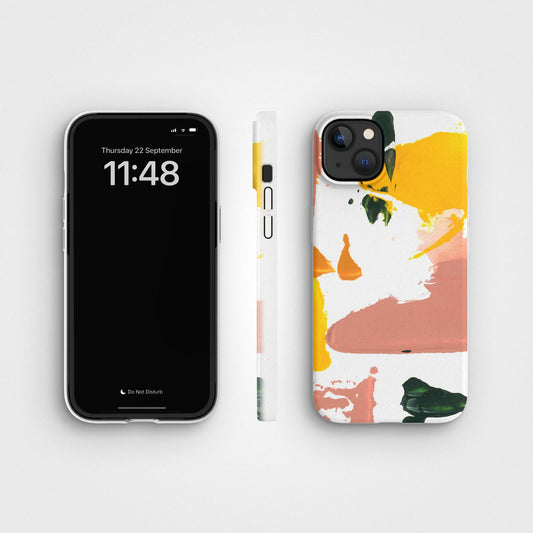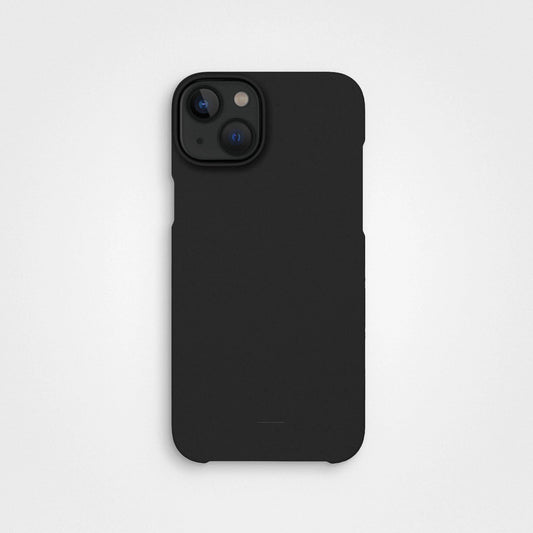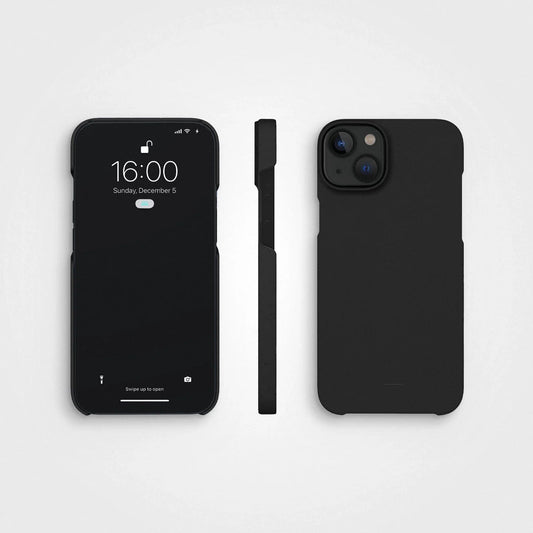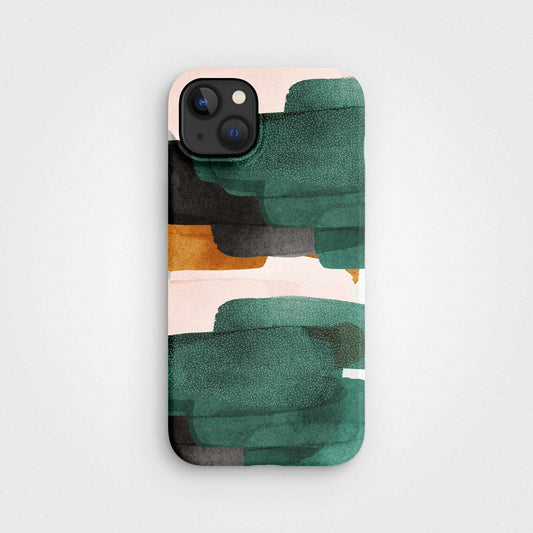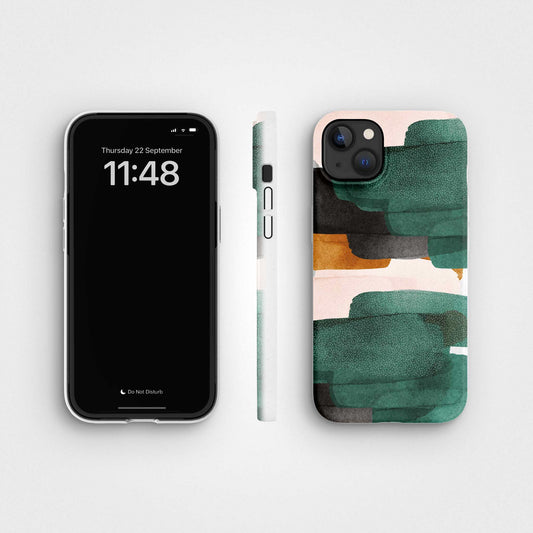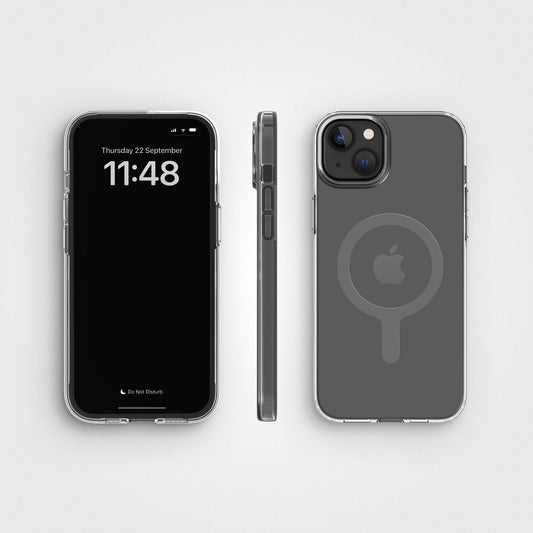When I was a kid, my grandmother had a cupboard full of things she might need someday. There were glass jars from old jam, scraps of fabric from worn-out clothes, and a sewing kit that could fix almost anything. To me, it seemed quirky - why not just buy new things? But to her, it was common sense. Waste wasn't just bad manners. It was unnecessary.
Fast forward a few decades, and here we are in a world where “new” is king. We've traded the slow, thoughtful approach of my grandmother’s generation for instant gratification. Yet, her way of thinking of valuing what we already have is exactly what we need today.
This is where circular design comes in. It's not about going back in time - it's about combining innovation with an old-school respect for resources. It's a way of designing products that respect the planet and honor the idea that nothing truly loses its value.
Quick links
-
Your stuff doesn’t disappear - it just moves
-
Circular products have a story to tell
-
More than consumers - choosing conscious consumption
-
The silent impact of everyday decisions
-
What makes circularity possible?
-
Circularity and our role as a company
-
The next chapter is ours to write
Your stuff doesn’t disappear - it just moves
We tend to think that once we throw something away, it's gone. Out of sight, out of mind. But there’s no such thing as “away.” Every plastic wrapper, broken phone, or old T-shirt we toss has to go somewhere. Usually, that's a landfill, or worse, the ocean.
Circular design acknowledges this reality. It starts with a simple question: What happens to this product after its first use? If the answer is “it ends up in the trash,” the design isn’t complete. Products should be designed with their entire lifecycle in mind - from the day they are made to the day they are no longer useful in their original form.
Take a stainless steel bottle, for example. Designed for durability, it can last for decades if properly cared for. But when it finally wears out, the steel can be melted down and reused. Nothing is wasted. Nothing disappears.

Circular products have a story to tell
Every product has a story if you look closely. That wooden table in your living room might have been built from reclaimed wood, salvaged from an old barn. Or the notebook on your desk could be made from recycled paper, once holding someone's to-do lists or sketches. They somehow carry a sense of connection to what came before and remind us that everything has a past and a future.
Circular products encourage us to value things differently. It’s not about flawless finishes or the latest trend. It’s about purpose and longevity. That water bottle with a few dents? It’s been by your side on hikes, road trips, and long workdays. The phone you repaired instead of replacing? It’s still doing its job, proving that small choices can have a big impact.
This way of thinking changes how we consume. Instead of seeing something as disposable, we start to appreciate its potential to last. Circularity is about more than sustainability - it’s about finding value in what we already have and carrying those stories forward. We become part of the story, rather than just the end user.
More than consumers - choosing conscious consumption
Circularity is how we see our role in the world. For too long, we’ve been told we are consumers, our job is to buy, use and discard. And circularity doesn't deny that we are consumers, it just challenges us to be conscious consumers.
Conscious consumers care for what they have. They see the value in repair, the beauty in reuse, and the responsibility of recycling. They don't chase the new just for the sake of it, they make intentional choices about what they bring into their lives and how they care for it. It’s about reclaiming a sense of purpose and pride in the way we consume.

Circularity encourages us to move beyond impulse and convenience, showing us that every choice we make as consumers shapes the world around us. Being a consumer means having the power to choose thoughtfully and leave a positive mark.
The silent impact of everyday decisions
Sometimes, circularity feels too big, like it's only for governments or major corporations to figure out. But the truth is, it lives in the tiny, quiet decisions we make every day.
- Choosing a repairable thermal bottle over a cheap, disposable one.
- Learning how to sew a torn shirt instead of tossing it.
- Swapping secondhand furniture instead of buying new.
Every choice we make, no matter how small, sends a message. When we choose products that reflect circularity, we are telling brands and manufacturers that we care about more than just convenience. We are doing our part to make that happen.
So, what makes circularity possible?
Creating products that fit into a circular system isn't easy - it requires a complete shift in how we think about design. Making things look good or work well isn’t enough; we need to plan for what happens when they’ve served their purpose. Circular design is thoughtful, intentional, and, most importantly, holistic. Here are a few principles that make it work:
Durability
Products need to be built to last. That means using high-quality materials and designing them to withstand years of use. A bag that doesn't rip after a few months, a chair that doesn't wobble with time. These are the hallmarks of circular thinking.
Repair-friendly design
Things break. But when they do, we shouldn't have to throw them away. Circular products are designed to be repaired easily. Think replaceable parts, modular designs, and clear repair instructions. A cracked phone screen or a leaky bottle shouldn't mean the end of the product's life.
Recyclability
Even the best-made products have an endpoint. Circularity asks: What happens then? Materials should be chosen with recycling in mind, ensuring that they can be broken down and reused instead of ending up in a landfill.

Shared responsibility
Circularity works best when brands and consumers are in it together. Companies need to offer repair services, take-back programs, or guidance on how to recycle their products. As consumers, we need to meet them halfway - choosing repair over replacement, secondhand over new, and sustainable, reusable over disposable.
As we can see, circular design is about the entire system around it. It’s a commitment to keeping materials in use and respecting the resources that go into making the things we use every day.
Circularity and our role as a company
Getting to where we are today hasn’t been easy. Designing products that truly align with circularity has been a journey - one full of trial, failures, and constant learning. We’ve had to rethink everything, from the materials we use to how our products live beyond their first purpose. But every step has brought us to building a system we are proud of - a circular system we call agood loop™.
Here is how it works - all our products, like plant-based phone cases, sustainable phone accessories and reusable thermal bottles made from recycled stainless steel, are designed not just to last, but to come back to us when they have reached the end of their life. Consumers can return these items to us, and we make sure they are reused, recycled, or repurposed in future production. As a thank-you, customers receive a discount toward their next purchase.
It's our way of closing the loop - keeping materials in use, reducing waste, and rewarding sustainable choices. We know we are still improving, but this system is one way we are making circularity real, not just for us as a company, but for everyone who chooses to be part of it.
The next chapter is ours to write
As we approach the end of the year, it’s a good time to reflect on how far we’ve come and where we are headed. Circular design is a bold idea, but it’s also a hopeful one. It’s about acknowledging the mistakes of the past without letting them define us. It’s about looking forward and finding solutions that don’t just sustain, but regenerate, creating a system where waste doesn’t have to be the end of the story.
And it's already happening. Every time someone chooses a product designed for circularity, every time a brand commits to rethinking its processes, we are writing the next chapter. A chapter where waste isn’t inevitable, and products don’t just end. They evolve.
So, the next time you are about to buy something, ask yourself: What’s the story of this product? Where will it go when I’m done with it? The answer might surprise you, and it might just inspire you to be part of something bigger.

